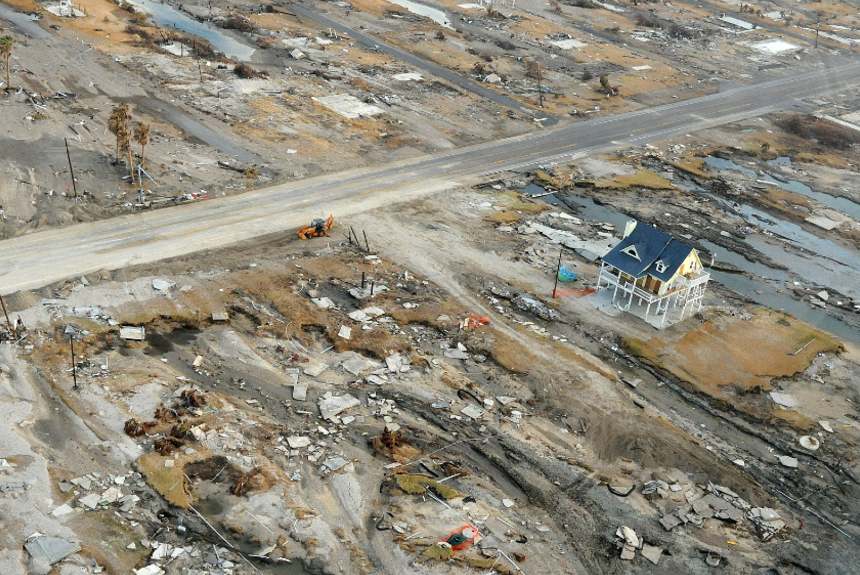
Infrastructure provides social and economic services to the community. Damages due to climatic events will result in the disruption of activities and confusion in any society.
It is projected that infrastructures will have an economical service life of 30 years with climate variations and extremes considered in their design, the paper “Addressing Critical Issues for Building Climate Resilient Infrastructure” by Riya Rahiman posits.
The paper mentions that it is crucial to include climate risks in the budget as infrastructure investments in the next 15 years are estimated at US$90 trillion. Successful implementation of climate-resilient infrastructures requires adequate finance, enabling environment, and technical solutions.
What are the critical issues?
As with any undertaking, especially as necessary as meeting climate change impacts, some challenges must be addressed.
Extreme weather events such as storms, cyclones, and flooding can damage and disrupt the service of infrastructures like roads, power, and telecommunications.
Rahiman presents that existing infrastructures were built using past historical climate data and patterns. Because these climatic events are predicted to increase in intensity due to climate change, there is a need for new methods and strategies to account for the changing climate scenarios.
There is a need for more climate-related information to be used in the design and adaptation measures and a need for policies that mainstream climate change into all aspects of infrastructure management and development.
The World Bank has estimated adaptation costs to be between $70 to $100 billion yearly for a 2-degree increase in global temperature. A big chunk of this budget will go to infrastructure spending.
A study by the Pacific Region Infrastructure Facility demonstrates that investing in resilience and climate-proofing infrastructure makes good economic sense. The study states that a dollar of preventative measure equals $5 of repair. As the saying goes, prevention is better than cure, which also applies to infrastructure management when dealing with climate change.
Proposed resolutions
Investments in resilient infrastructure that will adapt to the changing climate are crucial to ensure economic and societal growth and well-being.
The development of resilient infrastructures involves many sectors, from private citizens and organisations to the government sectors that cover financing, engineering, management and planning, enabling the environment through policies and regulations.
Three proposals are made to achieve the goal of investing in climate-resilient infrastructure.
First, climate change should be mainstreamed in planning and designing infrastructure. Current construction and maintenance practices do not accommodate climate change. There is a need to update climate thresholds and design parameters to account for climate variability and extremes.
Second, climate change should be integrated into infrastructure asset management development planning and approval processes. There should also be improved access to climate risk information and more informed policy formulation.
Third, investment in resilience and climate-proofing should be included in the planning and design of infrastructures. Policies should be in place to prioritise bids with climate-proofing infrastructures and finance mechanisms that incentivise these practices.
Also, the availability of risk transfers mechanisms or climate risk insurance to protect the public and private citizens from financial losses due to climate change disasters, and hazards is essential.
Read the full research paper by Riya Rahiman here:
PHOTO CREDIT: By FEMA/Joselyne Augustino) – https://share.sandia.gov/news/resources/news_releases/images/2013/fema.jpg, Public Domain, https://commons.wikimedia.org/w/index.php?curid=27401730

